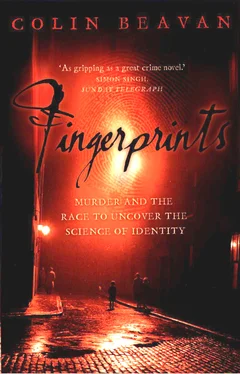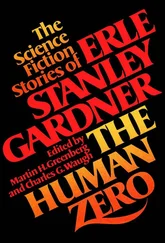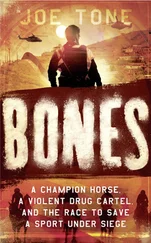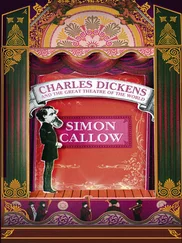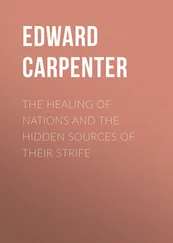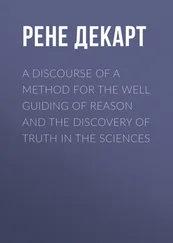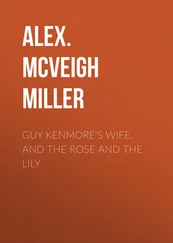The fact that three masks had been found in the shop seemed to confirm this theory. Also, three men, two of them answering the descriptions given by the milkmen made a twenty-minute visit to Deptford’s Duke of Cambridge Pub at 6:00 A.M. on the morning of the murder. Could the third man in the pub have been the door-closer? The police took his description from the bartender and began searching for the third man, too.
Then police found another witness, Alfred Purfield, a painter. On the morning of the murder, he had waited for a colleague across the street from Chapman’s and watched the door being shut. It was “an old gentleman,” he told police. “He had blood on his face, shirt and hands. He stayed at the door for a short time and then closed it.” The door had been shut by Farrow himself. He had obviously regained consciousness one last time and, too dazed to call for help, simply closed the door before expiring in the parlor. This destroyed the third-man theory. Chief Inspector Fox was not happy. It was three days since the murder and he’d run out of leads.
Enter Fox’s second lucky break, a witness who took her time coming forward because she didn’t think what she saw was important. Ellen Stanton was on her way to catch the 7:20 train to London on the morning of the murder when she saw two men running from the High Street. What were they wearing? Fox asked. Stanton said one wore a dark suit and a dark cap and the other wore a bowler. Fox’s heart skipped a beat. Stanton was wrong about the importance of what she’d seen. Her description matched perfectly with the milkmen’s. Did you recognize them? Fox asked. “I recognize [sic] one of the men as Alfred Stratton. …” Stanton said. “I don’t know the man who was with him. …”
Suddenly, Fox had one suspect for sure and guessed he had another. Twenty-two-year-old Alfred Stratton’s younger brother Albert, twenty, was his constant cohort and he had a mustache to boot, matching the milkmen’s descriptions. The brothers had no criminal records, but they were known by the local police to be living off prostitutes. Fox reported all this to Macnaghten. The Strattons, Fox believed, were the culprits, but he lacked ironclad evidence. Macnaghten nevertheless ordered him to arrest the brothers. Once the Strattons were captured, Macnaghten reasoned, one of their thumbprints would provide all the evidence that was needed.
On Sunday night, six days after the murder, Alfred was arrested at the King of Prussia Pub in Deptford. The next morning, Albert was collared on a Deptford streetcorner. But at the police station, things took a nasty turn for Fox and Macnaghten when neither Jennings, the milkman, nor Russell, his helper, could pick the Stratton brothers out of a crowd of prisoners in the exercise yard. There would be no question, either, of identification by Mrs. Farrow; she had succumbed to her injuries and died. The Strattons, watching the police case fall apart, were so giddy with excitement that they joked that Detective-Inspector Collins tickled them when he took their fingerprints.
With no eyewitnesses linking the Strattons to Chapman’s, Macnaghten had to virtually beg the magistrate at Tower Bridge Police Court to remand the brothers into custody. He needed time, he explained, for Collins to compare their prints with the smudge on the cash box. The counsel from the public prosecutor’s office warned Macnaghten that the evidence in hand was insufficient for a prosecution. If the prints didn’t match, the brothers would go free.
Back in his office, Macnaghten waited impatiently for the results of Collins’s examination. Two tense hours passed as he pondered the press-lashing the Yard might take for another unsolved murder. Then Charles Collins rushed through his door, ecstatic. “Good God, sir,” he exclaimed, “I have found that the mark on the cash-box tray is in exact correspondence with the print of the right thumb of the elder prisoner.”
The Yard had its murderers. But knowing who committed a murder is a far cry from convicting him for it, especially in a tricky case like this one. No English jury had ever been asked to send men to the gallows on the basis of what was, after all, only a smudge of sweat. Prosecution was a gamble. If the case was lost, the Yard stood to take a considerable public hammering. On the other hand, winning could lead to public acceptance of the greatest crime-fighting tool of its time. Macnaghten deferred to Scotland Yard Commissioner Edward Henry to weigh the odds.
To its credit, fingerprinting had its four-year record of success in identifying habitual offenders. But the Fingerprint Branch had its detractors. Ten fingerprints may identify a man, believed a number of distinguished scientists and doctors, but they highly distrusted the use of a single fingerprint, especially when a hanging was at stake. So strong was their distrust that they would be willing to pit their reputations against Scotland Yard in any upcoming trial.
Most damaging among their mingled grumblings rang the voice of Henry Faulds, the man who first suggested fingerprints to identify criminals. Faulds had compared many thousands of fingerprint sets to satisfy himself that no ten fingerprints could be duplicated on two different people. He complained publicly that no one, including the Yard, had made a similar comparative study to prove that each single fingerprint was unique. Until this was done, he insisted, no man should be sent to the jailer or the hangman on the basis of a single fingerprint, particularly one identified by the Yard’s Fingerprint Branch. Ever since the Branch had denied Faulds’s part in the fingerprint conception, Faulds had bitterly questioned its integrity. It didn’t help the Yard’s case that Faulds delivered his arguments with the force of a man who had been scorned.
It didn’t help, either, that science didn’t have the foothold in the courtrooms that it does today. For most of history, the only evidence allowed at trial was the testimony of eyewitnesses. The use of physical evidence to reconstruct events had been considered too vulnerable to manipulation. The legal process had since been dragged slowly forward, but juries were still more used to hearing what people had seen with their own eyes than what experts said they could deduce by other means. Unlike the rest of society during the industrial revolution, the judiciary had not yet been won over by science. When he decided to take the gamble and prosecute the Stratton brothers for the murders of Thomas and Ann Farrow, Edward Henry knew that this trial could change all that. But the big question remained: Had thirteen hundred years of British legal history prepared the courts for one of their greatest-ever leaps into the future?
In the commons of a sixth century village of what is now France, peasants crowded around a large cooking pot as if expecting a feast. Only boiling water filled the pot, though, and the only thing to feast upon would be a spectacle. Two arguing clergymen intended to plunge their unprotected arms elbow-deep into the scalding water. The idea was to settle a debate they’d had by conjuring supernatural “evidence” of God’s judgment. Presumably, the man with God on his side would be protected from the burning temperature.
The argument between the clergymen, a Catholic deacon and an Arian priest, was over the hierarchy of the Holy Trinity. The Catholic said that Christ and God were the same. The Arian insisted that the Son was inferior to the Father. This philosophical difference had caused the separation of their churches two centuries earlier, so in their hotheaded debate over this tired issue, neither clergyman was willing to budge from his original position. Finally, the Catholic deacon challenged the Arian priest to settle the issue in an “ordeal by boiling water.”
Читать дальше
